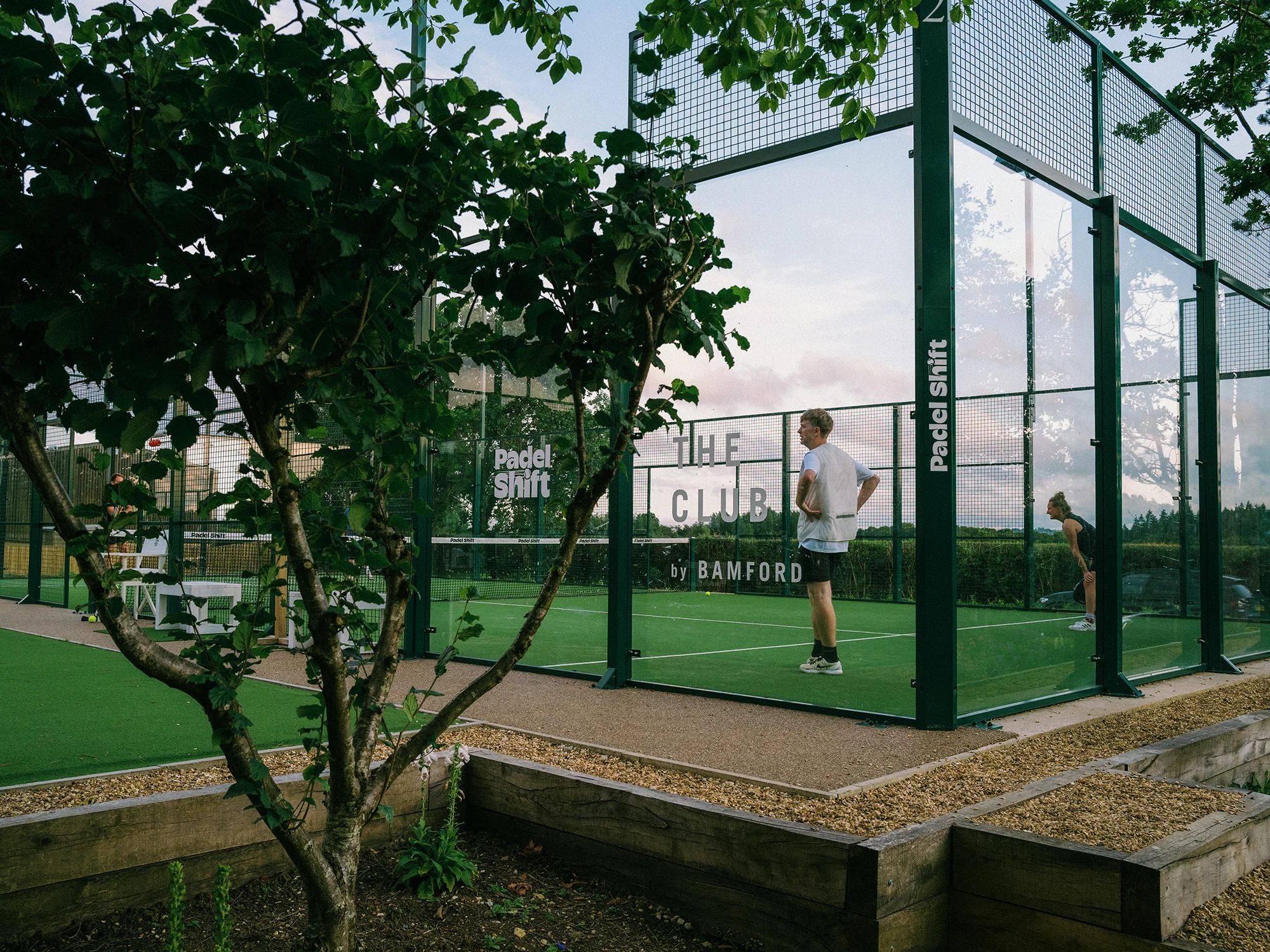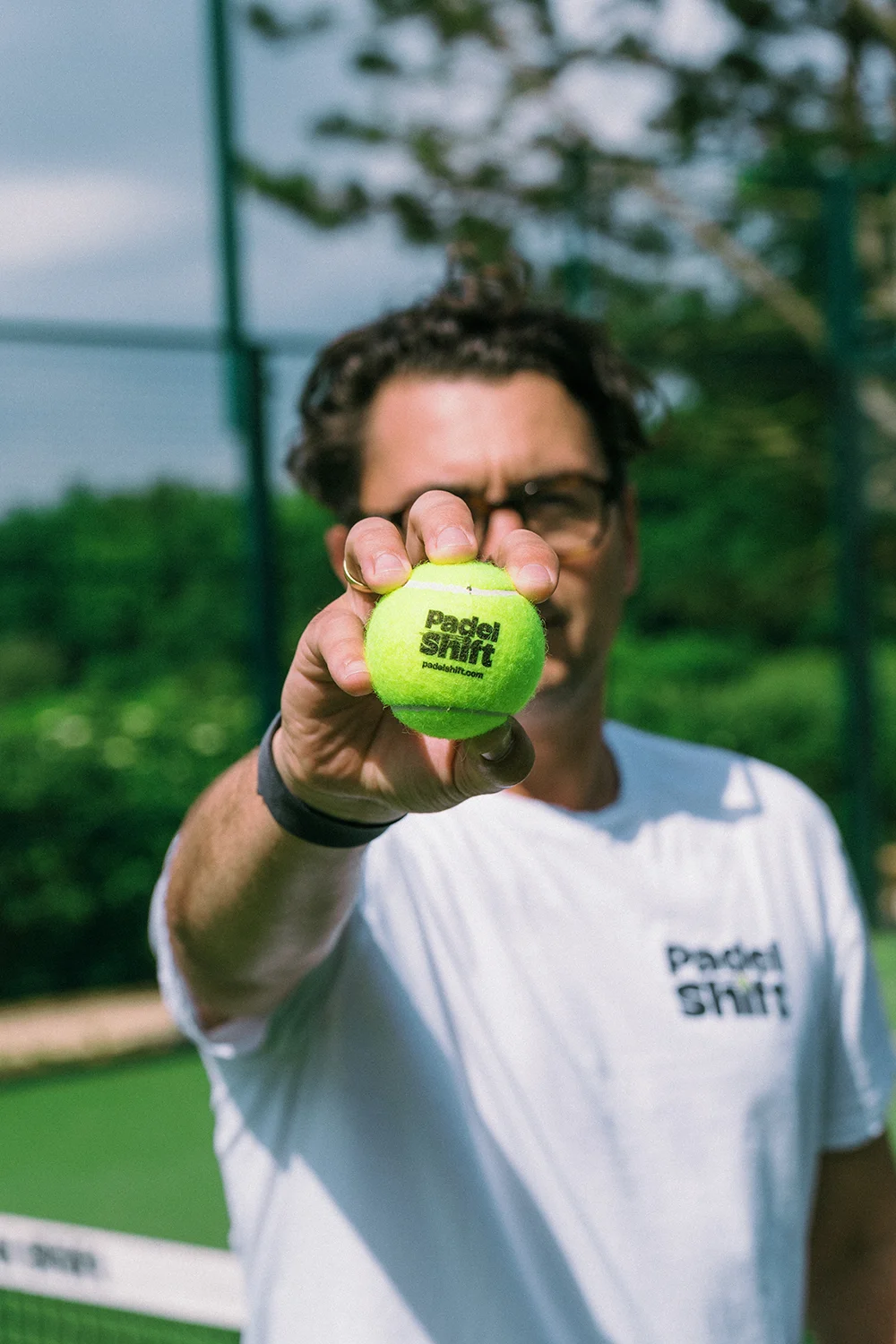How to choose the right padel racket (Even if you’re a beginner)



The truth is, there’s no single “best” racket, only the one that suits you. At Padel Shift, we often get asked for advice on what to buy, so we’ve pulled together this beginner-friendly guide to help you find the right fit for your game.
Start with the shape
The shape of the racket is the biggest factor in how it feels and performs. Most padel rackets fall into three categories:
Round
Best for: Control and manoeuvrability
Why choose it: The sweet spot (the most forgiving area to hit the ball) is large and centred, which makes it ideal for beginners or players who prioritise precision over power.
Typical feel: Easy to handle, comfortable to swing, helps build confidence.
Teardrop
Best for: A balance between power and control
Why choose it: The sweet spot is slightly higher up the face of the racket, offering more punch in your shots while still being forgiving.
Typical feel: Versatile and a great all-rounder if you’re not sure yet how you play.
Diamond
Best for: Power hitters with experience
Why choose it: Smaller sweet spot, top-heavy feel, designed for advanced players who want to hit aggressively.
Typical feel: Powerful but less forgiving. Can be harder to control for newer players.
Our advice: If you’re just starting out, stick with a round or teardrop racket. You’ll be able to play longer rallies and build your game with confidence.
2. Consider the weight
Most padel rackets weigh between 340g and 390g. A lighter racket is easier to move and control, while a heavier one gives more stability and power.
Lighter (340–360g): Easier on the wrist and shoulder, ideal for beginners, juniors, or anyone prone to injury.
Heavier (365–390g): Offers more punch but can tire your arm more quickly and with poor technique can cause injury.
Pro tip: Always go for the weight you feel comfortable swinging for an entire match, not just a few minutes. If you’re in doubt, go lighter.
3. Think about the core and surface material
Without going too deep into the tech, padel rackets are made with different core densities and surface materials, which affect how the ball comes off the face.
Softer cores: Absorb more shock, feel more comfortable and are easier on the joints, great for beginners.
Harder cores: Offer more precision and power, but less forgiveness.
Some rackets also have a rough or sandpaper-like surface to help generate spin. That’s a fun feature once you’re more advanced, but not essential to get started.
4. Grip size and comfort
Make sure the grip feels comfortable in your hand. If it’s too small or too big, you’ll tire quickly and risk injury. Most rackets come in a standard size, but you can add overgrips to adjust the thickness. A good rule of thumb: when holding the racket, there should be just enough space for your index finger between your palm and fingertips. It sounds like a small detail, but grip comfort can make a big difference, especially in longer matches.
5. You don’t need to spend a fortune
There’s a wide price range when it comes to padel rackets. You’ll find solid entry-level options for around £60–£100, while high-end rackets used by the pros can cost £200 or more. As a beginner, there’s absolutely no need to go top-of-the-range. In fact, it’s often better to start with a more forgiving, mid-range racket and see how your game develops. You’ll learn what you like and can upgrade once you have a clearer sense of your playing style.
How long will a padel racket last?
If you're playing once or twice a week, a decent racket should comfortably last you a year or more. If you're on court more often you might notice wear and tear a little sooner. Either way, don't overthink your first purchase. Your first racket is there to help you enjoy the game and improve, not to last forever.
6. Try before you buy (If you can)
At Padel Shift, our coaches are always happy to offer advice on what might suit your style and level. If you can, borrow or try a few different options before committing.
7. Don’t be swayed by pro players (yet)
It’s tempting to go for the racket your favourite World Padel Tour player uses but remember, they’ve trained for years and have specific needs. A pro-level racket is often heavier, stiffer and harder to control for the average club player. You’ll enjoy your padel far more with a racket that helps you play well now, you can always upgrade later.
Final word
Choosing a padel racket doesn’t have to be complicated or break the bank. Look for something that feels comfortable in your hand, suits your level and helps you enjoy the game. If you’re still unsure, speak to one of our coaches or come try a few rackets on court. The best way to find the right racket is to play. For more advice, follow us @padelshift






